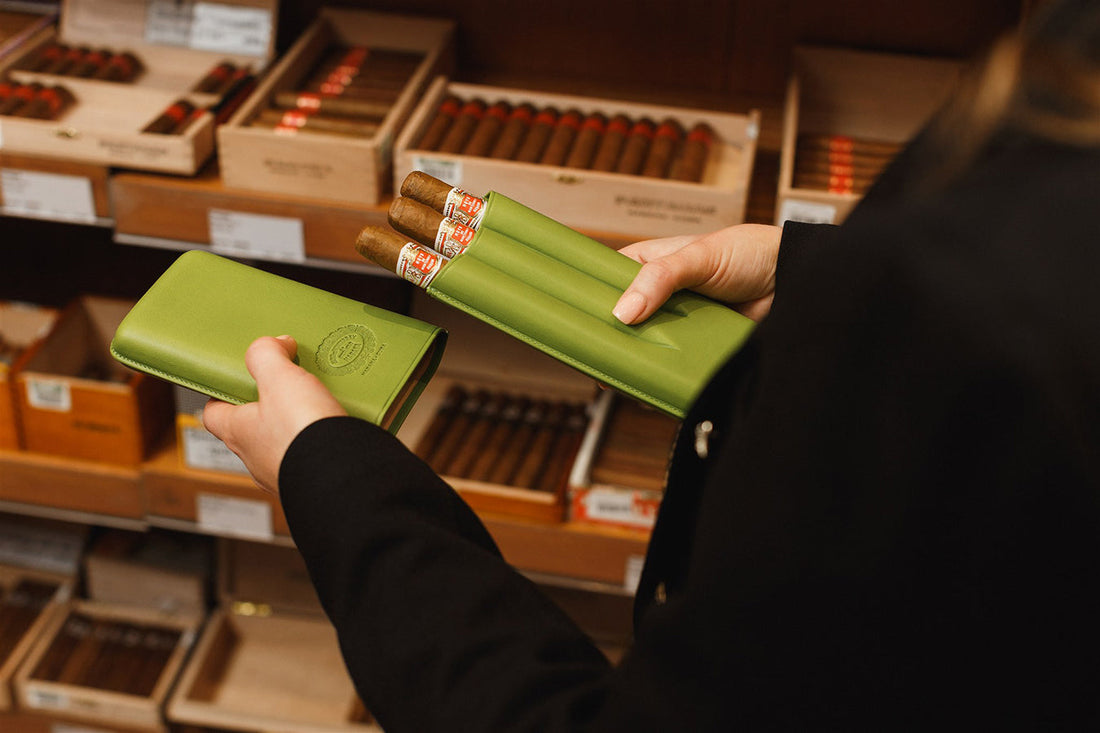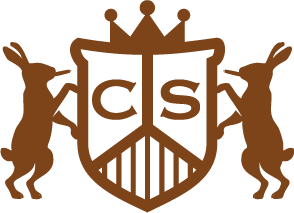
What Is A Havana Cigar?
Share
One country insists that all its handmade cigars are made exclusively using tobaccos grown within its territory. It is the country that founded the handmade cigar industry nearly two centuries ago and towers above all others for the prestige of its products. The country is Cuba and its products are known throughout the world as Habanos (Havana cigars in the UK).
To earn the title of ‘Havana cigar’ it must be made by hand in Cuba using only leaves grown in one of the four designated tobacco regions on the island. It must also be produced to the exacting standards laid down by the Cuban cigar industry.
At its heart, what sets a Havana apart from all others is the actual tobacco and it’s taste. Other places may have acquired Cuban skills and even Cuban seeds, but never the natural gifts of the Cuban soil and the Cuban climate. These you will find nowhere else.
The term “Habanos” is a registered denomination of origin, reserved for the iconic Cuban brands that meet these strict guidelines.
A Havana cigar is recognised throughout the world as a benchmark of excellence.
Shade grown & Sun grown
Only a small percentage of Cuba’s tobacco growing land provides leaves of the quality required to make Havana cigars.
There are four main tobacco growing regions in Cuba and within just two of these, Pinar del Rio and Partido, there are a select number of zones that house districts prized above all others for the quality of their harvest. The finest of these are known as vegas de primera (first class fields) and it is on these precious acres that tobacco worthy of making Havana cigars is grown.

Two distinct forms of cultivation are needed to produce the different leaves required to make a Havana cigar. They are known as shade-grown and sun-grown.
The shade-grown plants are entirely enclosed under canopies of cheesecloth shortly after being planted out in the fields and will go on to produce the fine wrapper leaves ultimately used to dress the outside of the cigar.
Meanwhile, the full force of the Cuban sunshine helps develop the wide variety of flavours found in the leaves of sun-grown plants. Once processed they will be blended together to form the rich and complex tastes that are the hallmark of Havana cigars.
The work of the veguero (farmer) on their tobacco plantation is painstaking and intense. The roots of tobacco plants thrive in the loosest possible soil so fields must be ploughed several times before they are ready. Animal traction is used to this day to avoid compacting the soil with the heavy tread of tractors. Ultimately the farmer may have charge of half a million plants during the season and to ensure a successful harvest each one must be visited over 150 times.
The farmer begins preparing the land in the burning heat of June and July in readiness for the period of intense activity to come.

Harvesting Cuban tobacco is labour intensive. Each leaf must be picked by hand and only two or three leaves can be taken at a time, starting from the bottom of the plant and working up.
Once the lower leaves have been removed from the first plant, the farmer will move to the next and repeat the process. By the time each plant has been visited, seven days or so will have passed. He then returns to the first to pick the next level of leaves and start the process again. It takes around 30 days to harvest a single plant. This method of harvesting accentuates the natural difference between the older, less flavoursome leaves at the bottom of the plant and the younger, more potent leaves at the top. These differences will be key later on when deciding the final use for each leaf in the making of a Havana cigar

Havana cigars are made entirely by hand by skilled cigar rollers using methods virtually unchanged for centuries. There are a number of steps that must be taken to ensure the cigar looks appealing, burns evenly, has the correct blend and is well constructed.
First the roller lays out two or three ‘binder’ leaves onto their bench. These will be used for construction and also to ensure an even burn. Next the filler leaves are gathered together, strictly adhering to the Master Blender’s recipe, and formed into the ‘bunch’

The attention to detail is such that not only are the richer, stronger-flavoured, slower burning leaves always positioned in the middle but all of the filler leaves are placed pointing in the same direction with the lighter-flavoured tips forming the open ended foot of the cigar and the more robust stem-end of the leaf at the head. This allows the flavour of the cigar to intensify and develop as it is smoked.
The bunches are then placed into a press for around 30 minutes where its shape is set. After this they are taken to be draw-tested on machines specially designed for this task. The bunch is then returned to the roller to apply the wrapper and then finally the cap is placed onto the head of the cigar.
Once the cigar has been made it must undergo several more steps including quality control, colour grading, banding and boxing before they are finally ready to leave Havana, more than three years after the oldest leaves were harvested.




